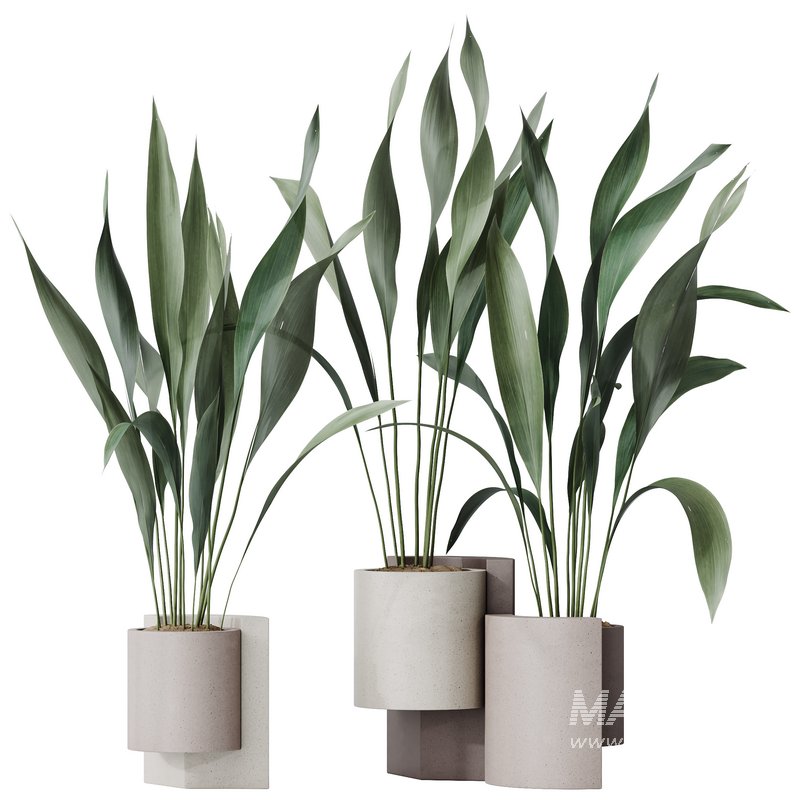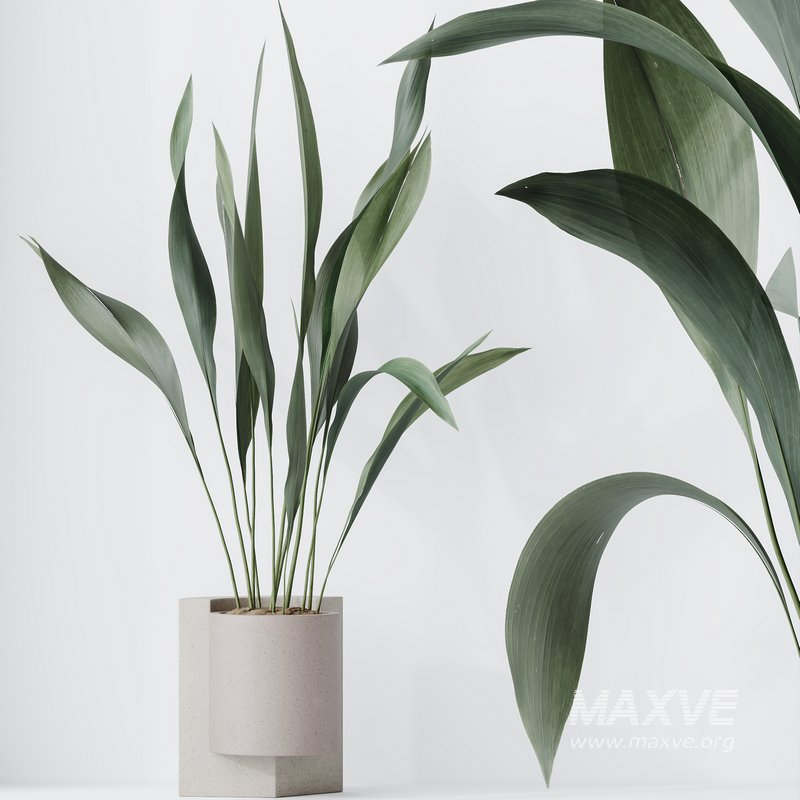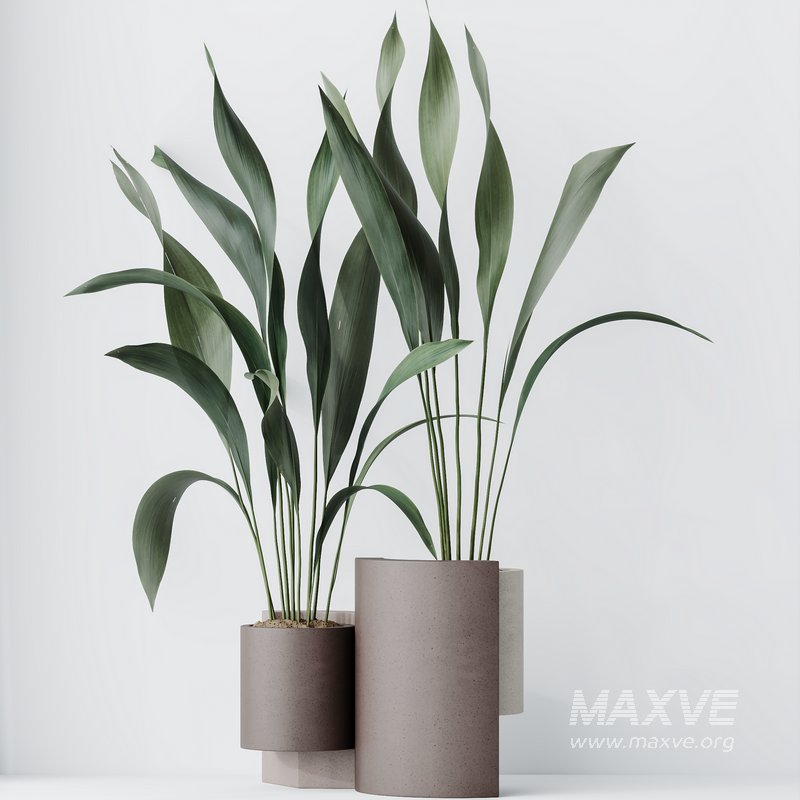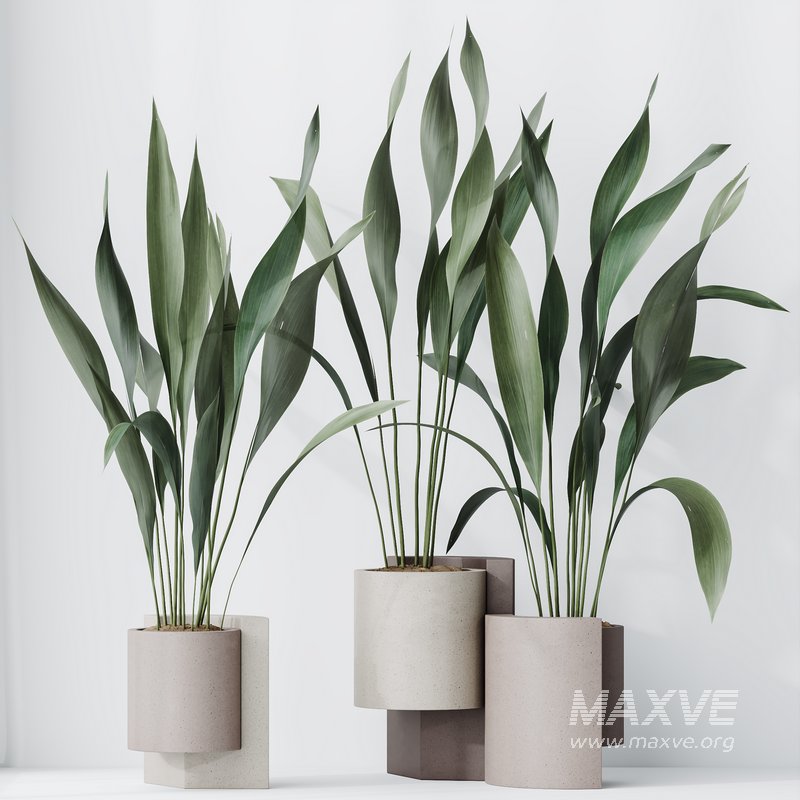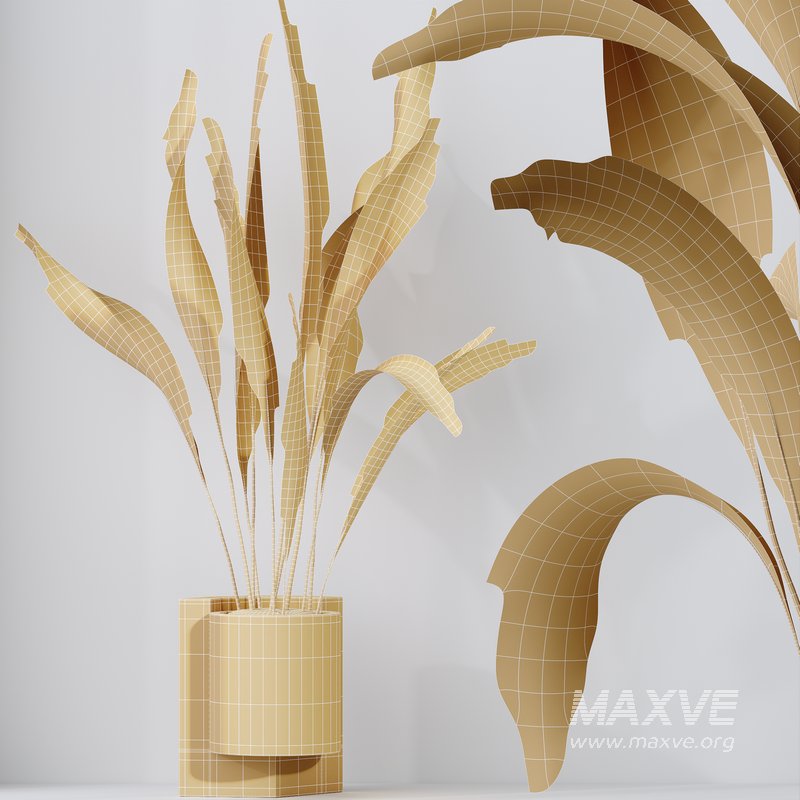Description
HQ HousePlants Aspidistra Elatior Cast iron Plant Set02
Although sometimes thought to be of Chinese origin, the species is in fact native to southern Japan, including Kuroshima, Suwanosejima and the Uji Islands. It occurs in association with overstorey species such as Ardisia sieboldii and Castanopsis sieboldii.
A. elatior is well known in cultivation and has a reputation for withstanding neglect, giving rise to its common name of cast-iron plant. It is tolerant of low light, low humidity, temperature fluctuation and irregular watering. It is best situated in a position away from direct sun to avoid leaf bleaching. Good drainage is also required for optimal growth and to avoid root rot.
The species is not seriously troubled by insects, but mites and scale may cause occasional problems. Its leaves and roots may be subject to browsing by hoofed mammals such as deer, as well as rodents and rabbits.
3 Different 3D models in the scene
Height: 120 cm & 130 cm & 140 cm
1- Materials is archive (material library)
- Corona mtl + Vray mtl + Standard mtl
2-Polys: 33k + Verts: 34k
3- 4K texture + 4K material
4- JPEG (texture), MAX + MTL + FBX 2012 + OBJ
5- 3dmodels: MAX + OBJ + FBX 2012
6- Corona render + Vray render (Renderer Engine-MAX + FBX)
- Standard render (Renderer Engine-MAX + OBJ)
7- Models have unwrapped overlapping and
maps supported traditional 3ds Max texturing.
(tiling coordinates)
Note:
- To use the max file you need to use at 3dsmax 2015
- Units: Millimeter
- Clean Topology (quad mesh)
- You Can Add Turbo Smooth
If you have any problems for setting up the models,
send me a message here.
Please Login to leave a comment.
HQ HousePlants Aspidistra Elatior Cast iron Plant Set02
Royalty Free License
Royalty Free License allows you to use the product without the need to pay earnings...
You cannot resell the model you bought...
This is a non-exclusive license...
Formats
Render
Specifications
| 112664 | |
| 3ds Max 2015 | |
| 37.5 MB | |
| January 17, 2024 | |
112 | |
organics | |
#20b814, #006410, #e1cbaf | |
| 120 cm x 130 cm x 140 cm | |
| Modern | |
| 34000 |
